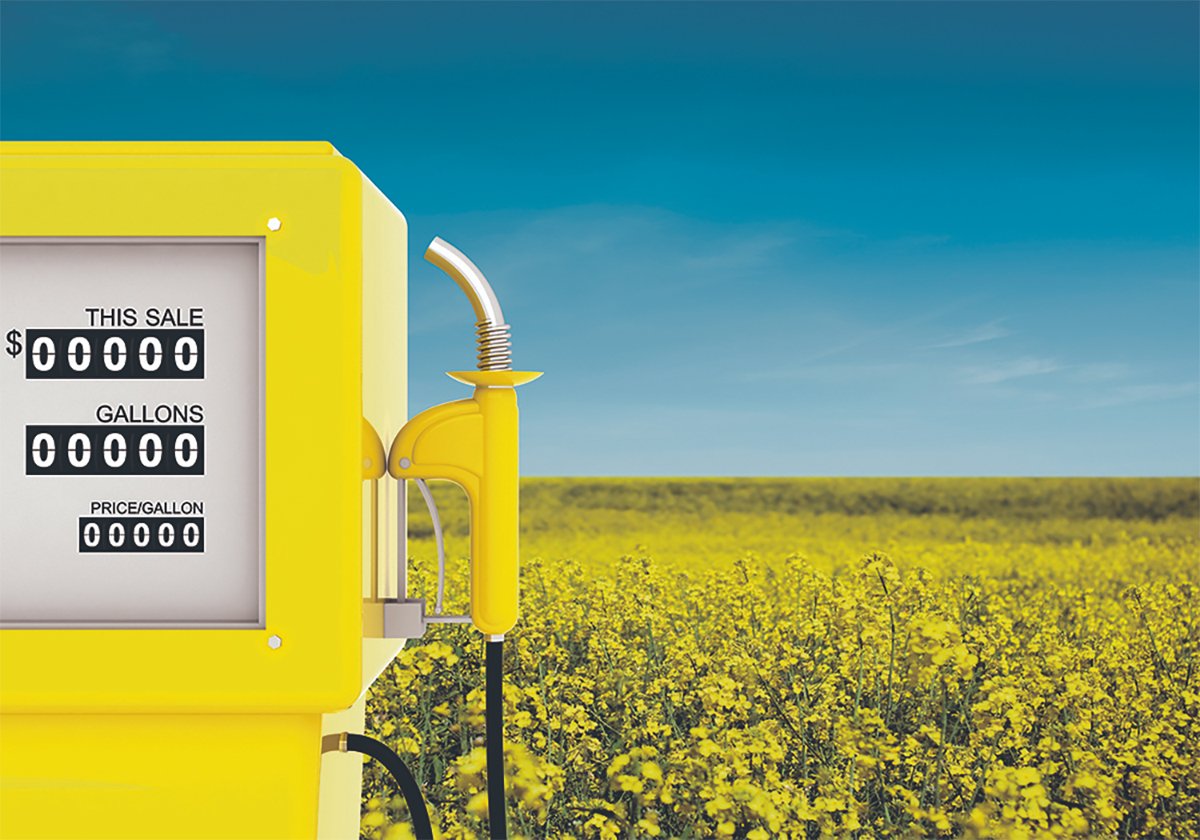There is little reason to hang onto flax.
Prices have fallen from their highs and only if the Chinese market returns is there likely to be a recovery.
“It’s a lousy supply and demand situation,” said Lawrence Yakielashek of Toepfer Canada.
The recent run-up in flax prices has been followed by a significant decline, a drop that’s likely to stick, said Glen Pownall, an oilseeds merchant with United Grain Growers.
“My carryout on my supply and demand has grown a lot in the past couple of weeks.”
Read Also

Biofuel sector happy with federal budget
Advanced Biofuels Canada says new Biofuel Production Incentive is a lifeline until CFR amendments are in place.
He said the recent price jump was a short term, localized situation in Europe that has now disappeared.
Yakielashek agrees the general supply and demand dynamics are not good because of these factors:
- The flax crop in Canada survived the drought better than expected.
- Production in the United States is high because of subsidy payments.
- U.S. sales to Europe have been substantially larger than usual.
- Vegetable oil demand is low.
- Crush margins are poor.
- Users have stocked up.
- The U.S. economy may go into recession, which would reduce housing starts and therefore the demand for linseed oil for linoleum.
Future positive developments will likely come from a vegetable oil price rise, rather than from the linseed market, said Yakielashek.
Though linseed oil is rarely used as a human food, its price follows the trend of vegetable oils like soy and canola. The wild card is China, which would give prices a positive shove if it returned to the market.
“People hate to say it, but we really do rely on China to move the oilseeds,” said Yakielashek.
Chinese buying could raise canola prices by $15 per tonne, with flax probably catching 85 percent of that increase.
Pownall said flax sales will probably suffer because of the terrorist attack on the U.S. Egypt was the fifth largest buyer of Canadian flax last year, importing about 25,300 tonnes.
But now, exporters are finding it difficult to get insurance for ships travelling to the Middle East.
“You can’t pencil them in for much flax this year,” said Pownall. “Nobody will sell it to them because you can’t get it there.”
The recent price surge was caused by livestock feeders in Belgium demanding flax meal when there wasn’t much available. That led crushers into the market seeking supplies. Farmers didn’t immediately offer flax, so prices surged.
But after prices spiked up, producers did start making sales, the European crushers locked in sufficient supply, and the market dropped.
Pownall said that was likely the high point producers will see.
“I’m probably bearish now.”
Pownall and Yakielashek said farmers should probably sell now if they can.
“I think flax is a pretty good return for the farmer at these prices,” said Pownall.
“I don’t think you’re going to have enough demand out there to get the price going to any astronomical level.”
But if a producer believes there is good upside potential he can use hedges to protect himself from missing out.
“I’d be selling flax and buying futures or maybe some options,” said Yakielashek.















